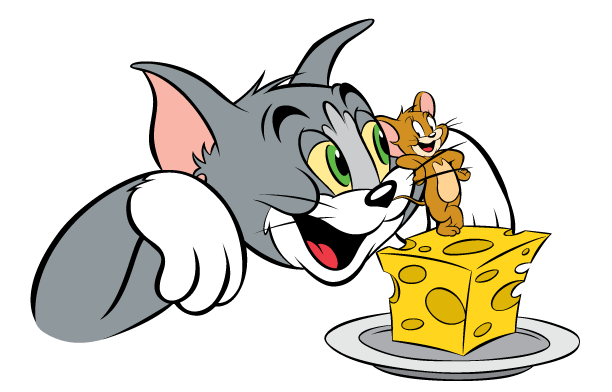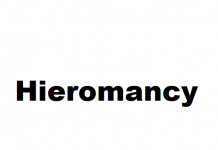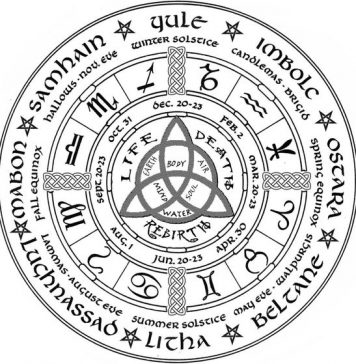In the history of the world there have been many different forms of divination. In some cultures tea leaves are read, in others the bones of the dead have runes carved into them and are tossed then inspected to get messages from the beyond. With centuries of history behind us it is very possible that almost everything was used for divination at one point or another. Less successful or ‘interesting’ forms of divination, however, were likely left behind and forgotten. Tyromancy is one of these. Tyromancy is the practice of using cheese for the practice of divination.

What Is Tyomancy?
Tyromancy is something of a lost form of divination. We know that it was a form of divination that involved cheese but we don’t have too many details on how it was performed. One form of tiromancy was to look count the number of holes in a type of cheese. Another common method of typomancy was to write the name of all your prospective suitors on different pieces of cheese – one name per piece of cheese. You would then leave that cheese out and see which one grew moldy first. It was believe that the one that grew mold the fastest was the name of the husband that would suit you best; nowadays we would probably look at that differently and feel that someone whose name molded first was probably the last person we wanted to marry!
Sometimes tyromancy was mixed with another form of divination called “myomancy”. A question was asked and all the possible answers would be written down on pieces of cheese and then put into a cage with a hungry rat or a mouse. Whichever piece of cheese was devoured first would be the answer to the question.
Cheese Fortune Telling
Much like the casting of bones or reading of tea leaves, there were even those who it was believed could see omens in the way the curds of cheese coagulated during the cheese making process. As the curds swirled and came together the different patterns and designs were believed to give omens and signs to those who were trained in the reading of them.
Using tyromancy to predict the future involved all different types of cheese and every part of the cheese. The holes, patterns in the mold, the shape of the cheese – all of it could be signs of how lucky you would be in love, when you or a loved one might be visited by death, and even how likely you were to gain wealth or suffer a serious financial downfall. In places where cheese-making was highly popular it isn’t all that surprising that cheese would become a form of divination. With travel so much more limited than it is today you would be forced to look to things that were commonly available in your community in order to seek guidance and divine answers from above. A system of divination that may seem silly to us now would have been all that an ancient culture had back in their day.


















